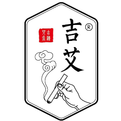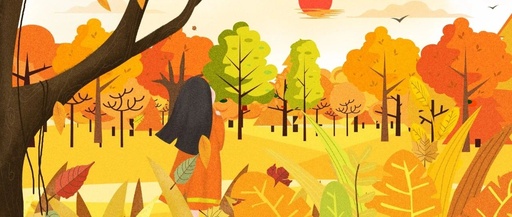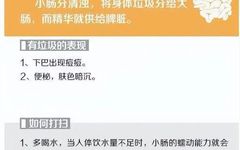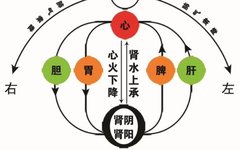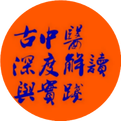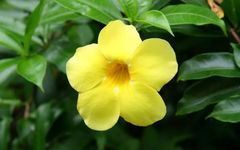The Pathways of the Twelve Meridians and Their Main Symptoms
The twelve meridians of the human body connect the internal organs and the limbs. Therefore, understanding the characteristics of the symptoms associated with the twelve meridians can help identify the origin of the disease and the nature of the pathological condition. 1. Hand Taiyin Lung Meridian (Shǒu Tàiyīn Fèi Jīng) Pathway: Begins at the middle … Read more

